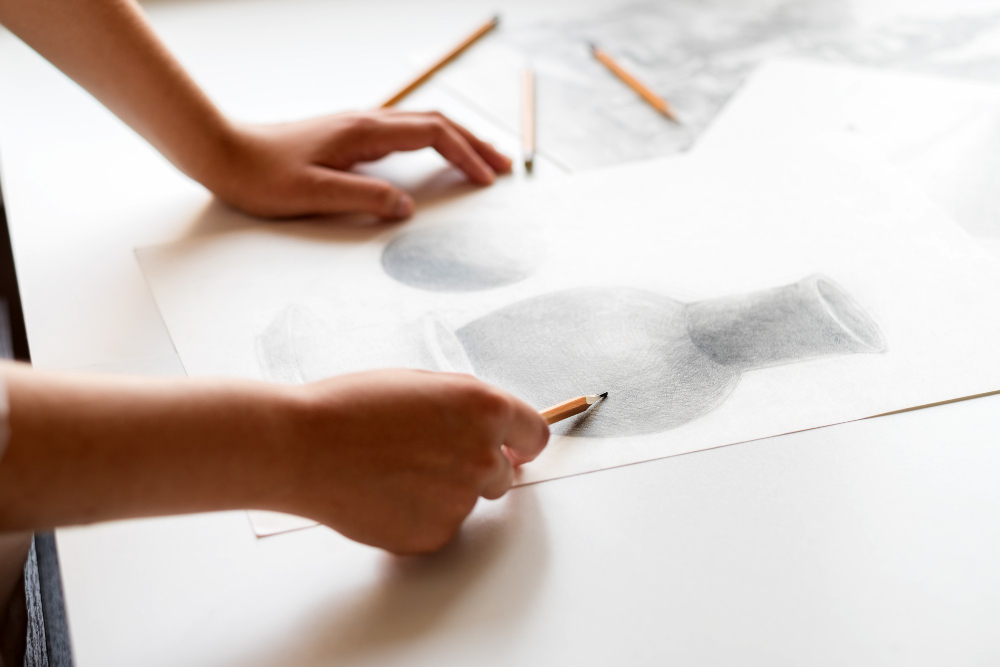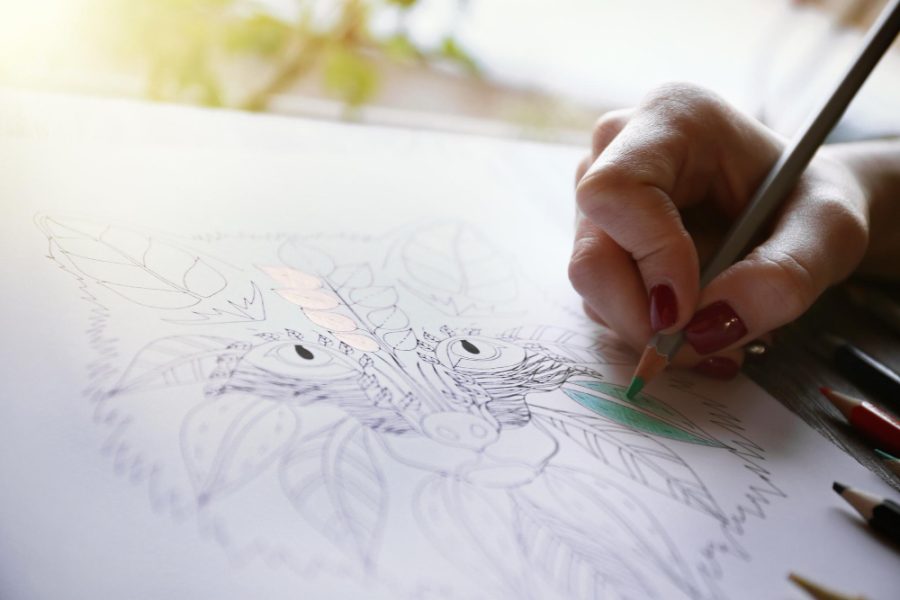Quick sketching is an essential skill for artists, allowing them to capture the essence of a subject with speed and accuracy. This technique is particularly useful for live drawing sessions, brainstorming ideas, or creating preliminary sketches for more detailed works. Here are some techniques and tips to help you master quick sketching and improve your ability to create fast and accurate drawings.
1. Start with Simple Shapes
Begin your sketch with basic shapes to lay down the structure of your subject. Circles, squares, and triangles can serve as the foundation for more complex forms. This approach helps in maintaining the correct proportions and overall balance of the drawing.
2. Focus on Gesture Drawing
Gesture drawing is about capturing the movement and flow of the subject rather than getting bogged down in details. Use quick, fluid lines to indicate the action or posture of the subject. This technique is especially useful for drawing people and animals, as it conveys the dynamism and energy of their movements.
3. Use Light Lines for the Initial Sketch
When starting your sketch, use light, loose lines to map out the basic shapes and structure. This allows you to easily make adjustments without the risk of creating heavy, distracting marks. Once you are satisfied with the overall composition, you can go over the lines with more pressure to add definition.
4. Prioritize Proportions
Getting the proportions right is crucial for accurate sketches. Use reference points and guidelines to compare different parts of the subject. For instance, measure the height of the head relative to the body or the width of the shoulders compared to the hips. This practice helps ensure that your drawing looks realistic and balanced.
5. Practice with Timed Sketches
Set a timer for your sketching sessions to train yourself to work quickly and efficiently. Start with short intervals, such as 1-2 minutes, and gradually increase the time as you become more comfortable. Timed sketches encourage you to focus on capturing the essential elements of the subject without getting lost in details.
6. Keep Your Hand Moving
Avoid overthinking each line or detail. Keep your hand moving and stay loose. Continuous motion helps in maintaining the energy and spontaneity of your sketch. It also prevents you from getting stuck on a particular part of the drawing.
7. Emphasize Key Features
Identify and emphasize the most important features of your subject. For a portrait, this might include the eyes, nose, and mouth. For a landscape, it could be the horizon line and major landmarks. Highlighting these key elements ensures that your sketch conveys the subject’s essence, even if the drawing is simplified.
8. Experiment with Different Tools
Different drawing tools can produce varying effects, so don’t be afraid to experiment. Pencils, pens, charcoal, and markers each have their unique qualities. For quick sketching, consider using tools that allow for bold, expressive lines, such as soft pencils or fine-tipped markers.
9. Develop a Shorthand for Details
Create a personal shorthand for frequently sketched details. This might include a simplified way to draw eyes, trees, or fabric folds. Developing a shorthand helps you sketch common elements quickly and consistently.
10. Analyze and Learn from Your Sketches
After each sketching session, take a moment to review your work. Analyze what worked well and what could be improved. Pay attention to aspects like proportions, line quality, and the overall composition. Learning from your sketches will help you refine your technique and improve over time.
Conclusion
Quick sketching is a valuable skill that enhances an artist’s ability to capture the essence of a subject with speed and accuracy. By starting with simple shapes, focusing on gesture drawing, using light lines, and practicing with timed sketches, you can improve your quick sketching techniques. Remember to keep your hand moving, emphasize key features, experiment with different tools, and develop a shorthand for details. With regular practice and analysis, you’ll find yourself creating fast and accurate sketches that effectively convey the subject’s essence.




